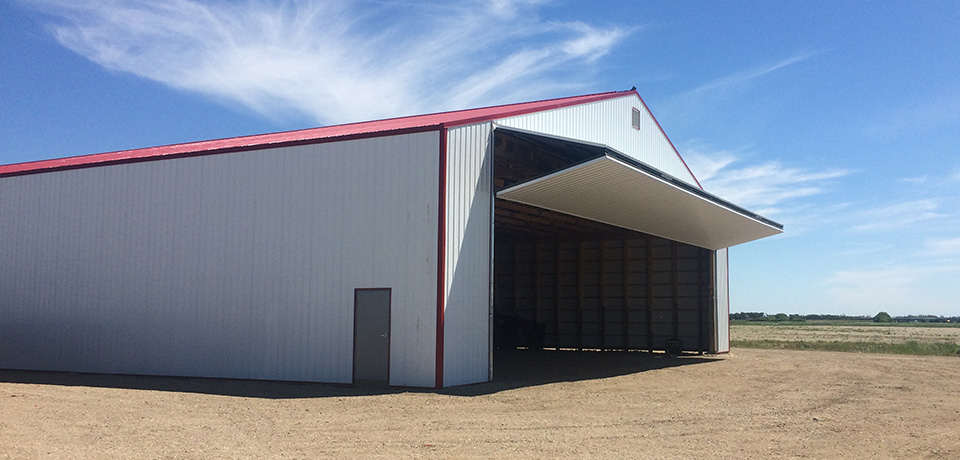by Carol Todd, Postmedia Content Works
Photos: Johan’s Construction Ltd.
Long gone are the days of jamming two granaries together and cutting out the adjoining walls to make a shed. Even the ubiquitous metal quonsets that dot the prairie landscape are on their way out. Today’s farm buildings are bigger, brighter and more efficient than ever before.
With farmers producing on ever-increasing acres, the equipment needed has also increased in size and scale. The shops and sheds needed to accommodate that equipment have had to increase as well.
Size is, in fact, the major difference between the farm buildings of today and those of yesteryear according to Johan Lok of Johan’s Construction Ltd., a Manitoba contractor with extensive experience in designing and constructing farm buildings.
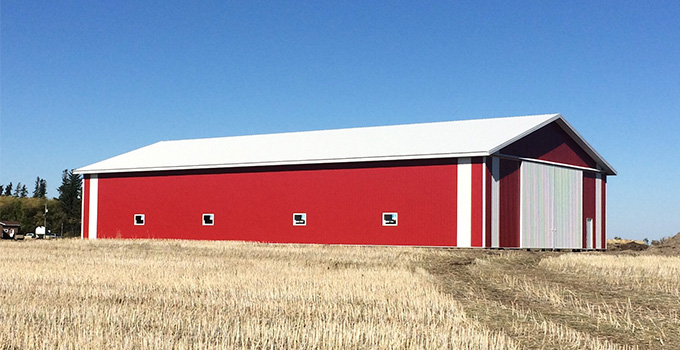
“The buildings have become way larger in the last 10 to 15 years due to the size of equipment that farmers use now compared to 20 to 30 years ago,” he said.
Where once a 60-by-80-foot building was considered big enough, farm buildings have morphed into huge structures measuring 60-by-140 feet or 70-by-160 feet.
This has also led to an increase in door size. Ron Brown, projects co-ordinator at Wetaskiwin Co-op in Alberta said that the trend now is toward folding doors, which are nearly the same price as roll-up doors.
“You can have huge spans on those. I’ve done some up to 40 feet across,” he said.
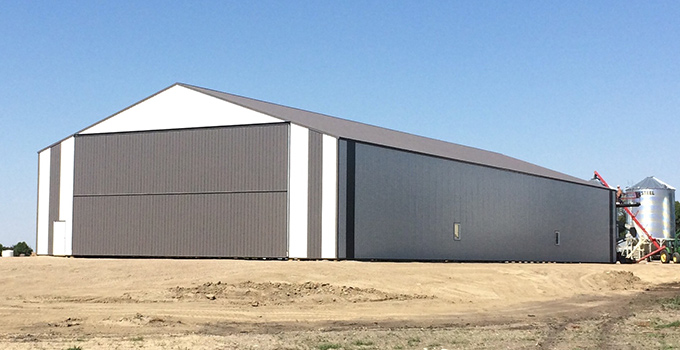
Lok said many producers are opting for post-frame buildings rather than stud-frame construction or quonsets, the latter having an automatic disadvantage in losing storage space along the curved wall. Lok believes that post-frame construction is also easier than stud frame to build, with no need for a reinforcing grade beam. This construction option also means producers can spread costs over several years, adding concrete flooring, for example, a year or two down the road.
While the up-front costs may be higher, Brown says there are long-term advantages to the stud-frame method, with its concrete grade beam providing a sturdier foundation.
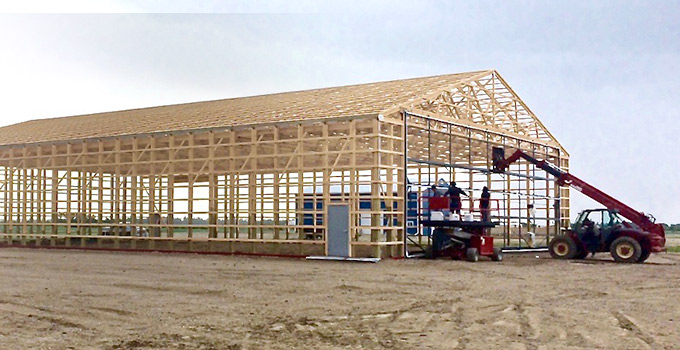
“With a pole/post building, the concrete floor floats, whereas with the stud frame, it’s pinned to the grade beam,” he said, adding stud-frame buildings also provide the option of slab or radiant floor heating.
Metal cladding remains a popular low-maintenance material for roofing and exterior walls. Today’s cladding comes in a variety of colours with UV protection to minimize fading.
More than just providing storage space, Brown said buildings can be partitioned into offices, tack rooms and even wash bays. High-tech LED lighting combined with white interior cladding ensures a bright working environment at lower costs.
Critical in the prairie climate, the interior insulation is also a factor. Brown said many producers are opting for Rockwool insulation, which is made of natural stone and recycled material. It has a high R-value, is moisture-resistant and won’t burn.
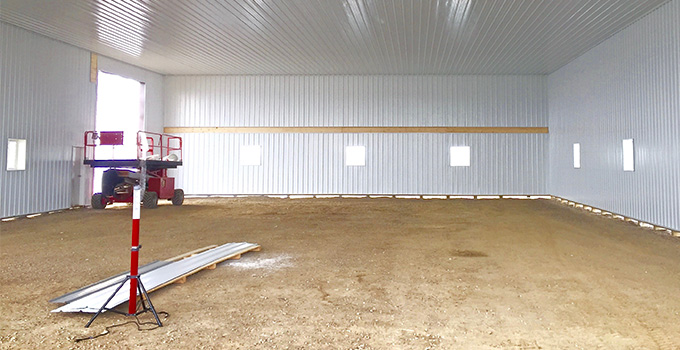
“It’s a far superior product,” he said, and, “the mice hate it.”
Large farm buildings are more versatile and cost-effective than ever before. And with modern construction practices, building is more accurate and less labour intensive – meaning you can have a new building in no time.
Carol Todd is a writer for Postmedia Content Works, a custom content studio that creates, deploys and measures programs for brands.

